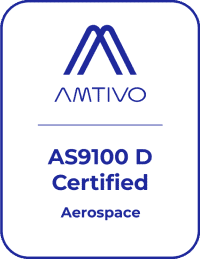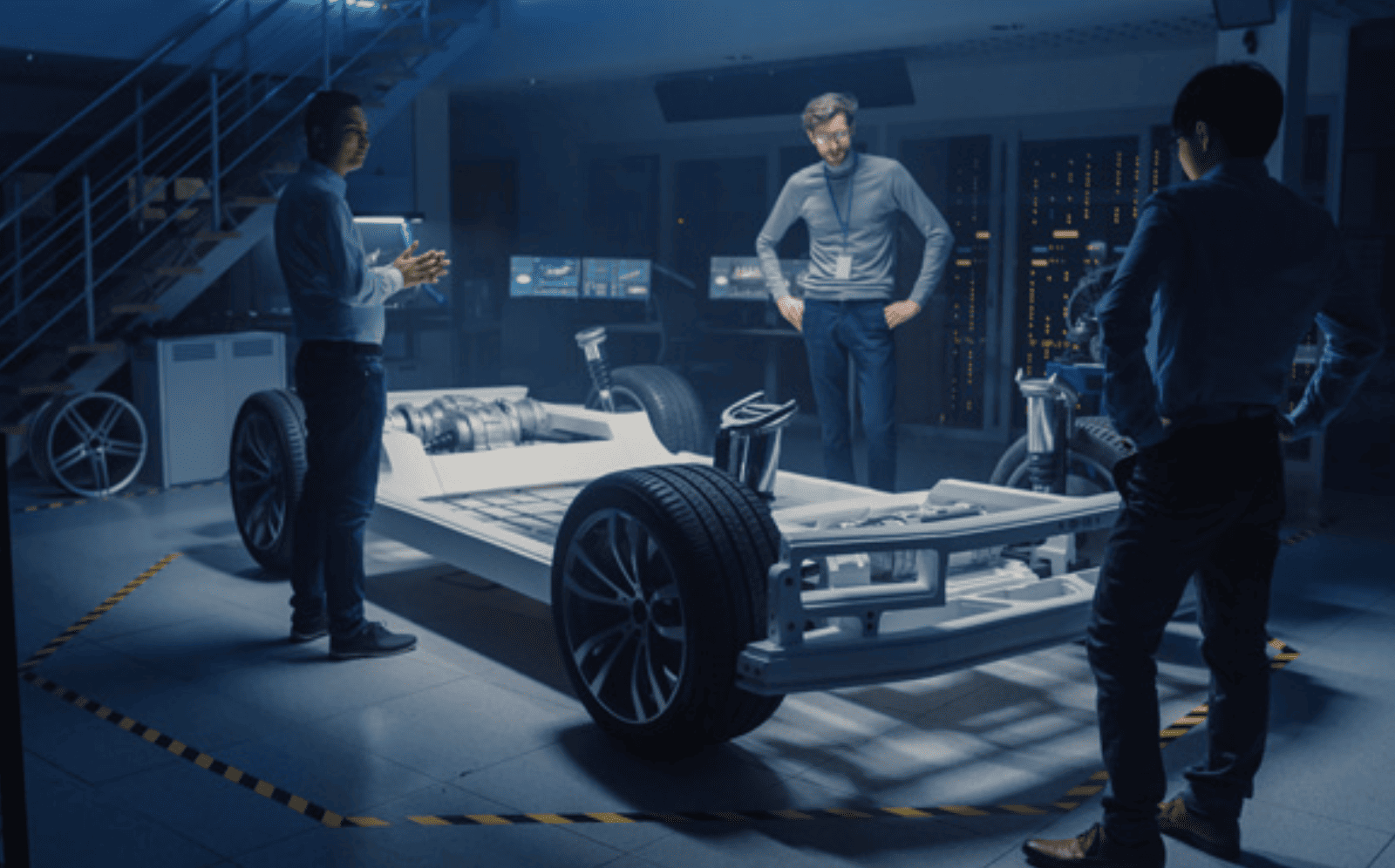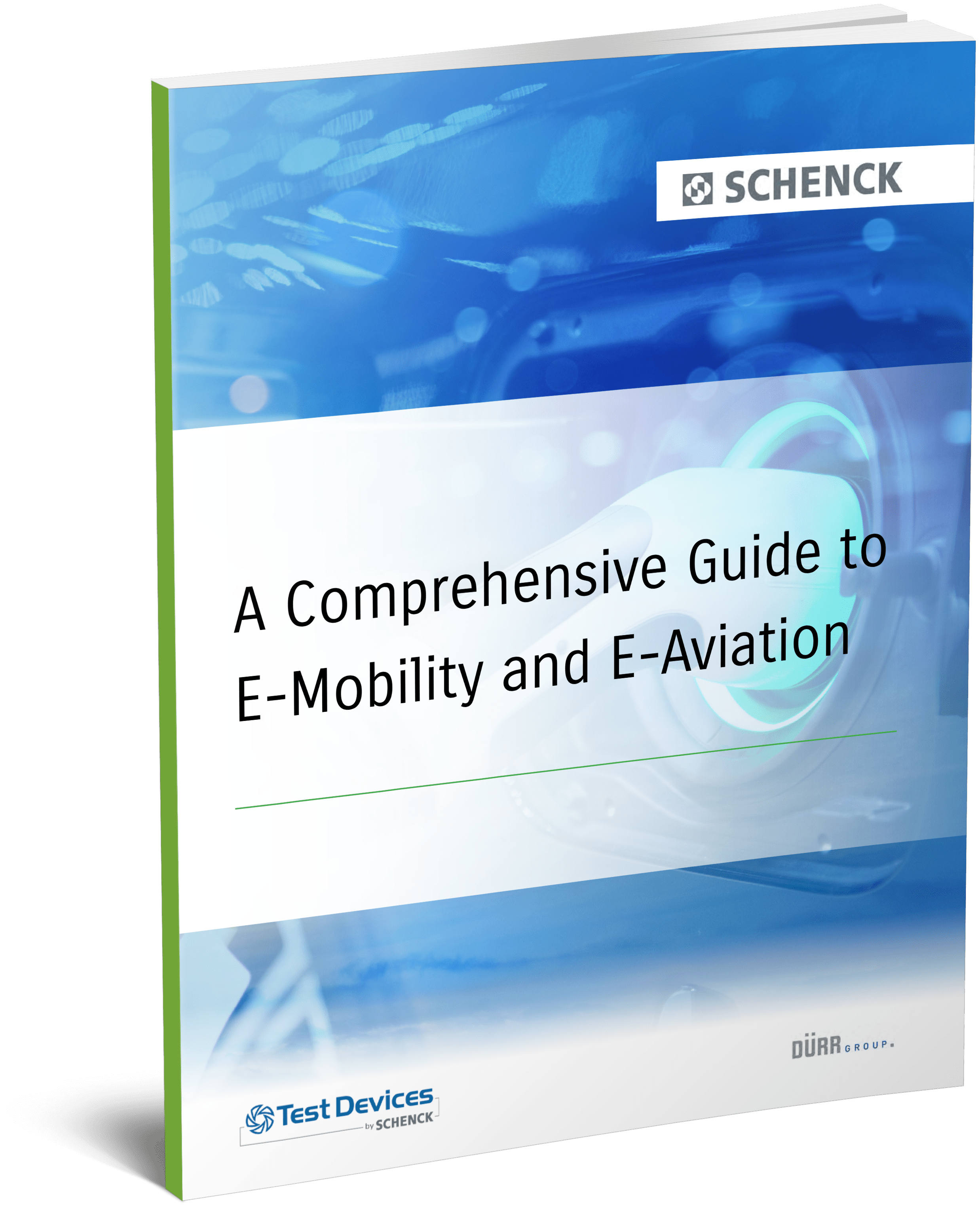Green technology is a global effort to decrease noise and air pollution due to traditional transportation modes while addressing climate change through adaptation and mitigation.
Also known as sustainable transportation, green technology initiatives meet the basic access needs of individuals while safeguarding human and environmental health for current and future generations. A successful green technology initiative must achieve all of the following objectives:
Learn more about the importance of green technology, key sectors transitioning to green technology, and other sustainable mobility trends.
Why Is Green Technology Important?
Delivering sustainable solutions is becoming a priority of industries around the world as global warming increasingly affects more aspects of society. Governments and leading auto manufacturers are setting ambitious goals with the global shift towards sustainability. As the largest single sector that contributes to CO2 emissions, the transportation sector accounts for 24% of global greenhouse gas emissions, and almost 75% of that comes from road vehicles. These staggering statistics prove that combating global warming mandates a focused effort in transportation and city planning.
Air pollution poses a significant environmental health risk, with ambient (outdoor) air pollution contributing to the death of approximately three million people annually.
The negative impacts of air and noise pollution caused by transport are considerable, especially in cities where high volumes of vehicles and humans move within a small geographical area. Global policies are increasingly prioritizing air pollution issues. Urban areas in particular are seeking e-mobility options to reduce soot and nitrogen oxide (NOx) emissions.
E-Mobility Technologies

Since most of today’s automobiles and buses still run on fossil fuels that emit air pollutants, it will take a complete phasing out of internal combustion engine (ICE) vehicles to improve overall air quality. Many regional and national governments around the world are aiming to ban the sale of new ICE vehicles by 2035. General Motors announced it will stop producing fossil fuel-dependent vehicles by 2035.
Consumers are beginning to embrace sustainable electric mobility (e-mobility) options, as evidenced by the increased demand for electric vehicles. Auto manufacturers are continually improving vehicle performance and range to meet environmental regulations and consumer expectations.
E-mobility is technology that uses in-vehicle data, electric powertrains, connected infrastructures, and communication technologies to provide electric propulsion for vehicles. Available powertrain technologies include plug-in hybrids, hydrogen fuel cell vehicles, and fully electric vehicles (EV). Widespread acceptance and use of battery-powered EVs and hydrogen fuel cell vehicles will likely occur within the next ten years.
Sectors Transitioning to E-Mobility Technology
As companies and organizations strive to decrease CO2 emissions and meet e-mobility demands, the development and sale of more efficient electric motors will accelerate exponentially. The automotive, aviation, aerospace, shipping, and other transportation-focused industries will shift towards vehicle electrification.
Sectors Transitioning to E-Mobility Technology
As companies and organizations strive to decrease CO2 emissions and meet e-mobility demands, the development and sale of more efficient electric motors will accelerate exponentially. The automotive, aviation, aerospace, shipping, and other transportation-focused industries will shift towards vehicle electrification.
-
Automotive and Transport
As more diverse, cost-effective EVs are produced every year, consumers are beginning to transition to zero-emissions electric vehicles. Most major auto manufacturers in the U.S. are building, designing, and adding EV models to their product lines, contributing to the rapid growth of e-mobility options.
In 2020, more than 10 million electric cars occupied highways around the world, setting a new record and accounting for 1% of the global automotive stock. According to the International Energy Agency (IEA), by 2021, there were 16.5 million electric vehicles on the road. Due to emerging policies and manufacturing expansion, the total global count of EVs on the road is expected to reach 23 to 43 million by 2030.
Public transit agencies are also embracing the affordability of EV technology, aiming to convert their gas-powered buses to fully-electric fleets. As municipalities across the globe consider local noise and air pollution when governing, the growth of urban electric buses is rising, offering an attractive alternative for cities seeking cleaner and more sustainable mobility options. As of 2018, more than 460,000 electric buses were registered around the world, a number that is expected to triple by 2025.
-
Aviation and Space
Although the automotive industry is the most visible sector adopting e-mobility technology, the aerospace industry is also developing new technologies whose initial prototypes are producing promising results.
Industry-leading eVTOL (electric vertical take-off and landing) companies are working with the FAA/EASA to certify new vehicles in anticipation of a commercial service launch that could happen as early as 2023. Many aerospace OEMs are starting to release information about hybrid e-propulsion models and mid- to long-range electric passenger aircraft prototypes. They are generally aiming for a release timeline around 2030.
According to a recent MarketsandMarkets forecast, by 2023, the electric aircraft market should reach $122 million with a 4% compound annual growth rate (CAGR). However, by 2040 the electric aviation market could expand to $178 billion, given the success of the first hybrid electric aircrafts slated for release in 2028.
-
Shipping
According to the United Nations Conference on Trade and Development, approximately 80% of the world’s commodities are transported by ship.
Nitrogen oxide is one of the major air pollutants, and ships are responsible for 18% to 30% of all the nitrogen oxide present in the air. Many companies are looking at alternative energy sources such as electric, hydrogen, and liquified natural gas (LNG) energy to power ships.
IDTechEx analysts predict worldwide sales of hybrid and fully electric ships will significantly increase, possibly reaching $20 billion by 2027.
Other Important Green Technology Trends in Cities
The success of green technology depends on increasing urban space, decreasing the need for private vehicle use, and reducing traffic congestion. In addition to e-mobility, these key trends are crucial when looking at the global implementation of sustainable transport systems.
Sustainable Mobility
Electric vehicles without tailpipe emissions offer sustainable mobility options, reducing or eliminating air pollution in cities. Other options for alleviating congested traffic areas may include delivery drones and air taxis.
Shared Mobility
Shared mobility can reduce carbon emissions, reduce traffic congestion, and provide an economical alternative to vehicle ownership. Currently, up to 40% of inner-city traffic occurs due to drivers looking for a parking spot. Highly accessible, on-demand vehicles can alleviate these issues.
Self-Driving Vehicles
Autonomous ground vehicles can potentially eliminate human error that causes traffic accidents and congestion. Autonomous technology is also key to rolling out delivery drones and air taxis.
Connected Mobility
Future vehicles will undoubtedly be smarter, more interactive, and integrated, thanks to advancements in the Internet of Things (IoT). Communication technologies that utilize high-speed 5G+ connection will be the key to connecting devices, people, and vehicles for efficient mobility services.
How We Contribute to Green Technology Innovations
Most high-performance green technology machines rely on efficient rotating parts. Electric motors and power generator rotors are some examples of e-mobility components that must be thoroughly tested before end users ever come into contact with them. To support emerging sustainable technologies, Test Devices by SCHENCK provides industry-leading balancing systems as well as these services:
Test Devices performs balancing and spin test services in line with a variety of standards, including:
- American Petroleum Institute (API)
- SAE International International
- Organization for Standardization (ISO) 1940-1
- Federal Aviation Regulation (14 CFR Part 33, Section 27)
- SFI Foundation Inc. Specifications
- AS9100D








